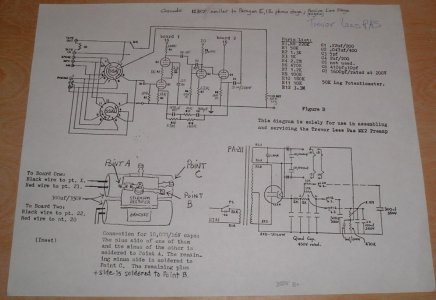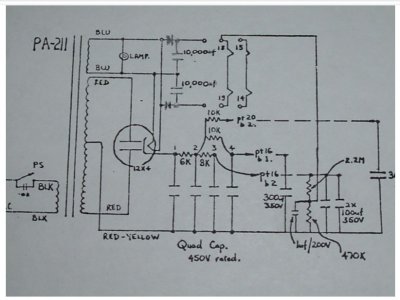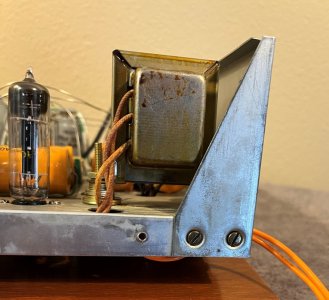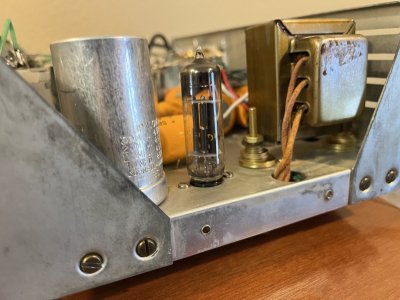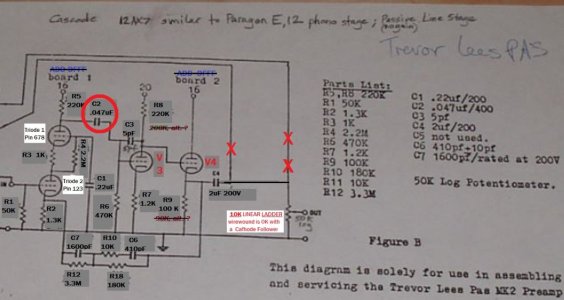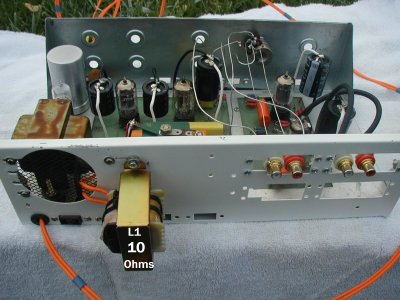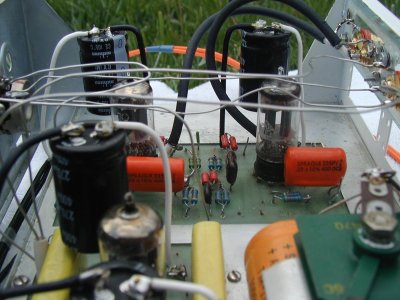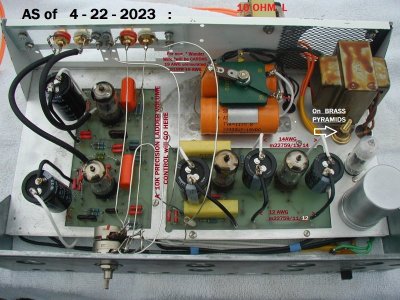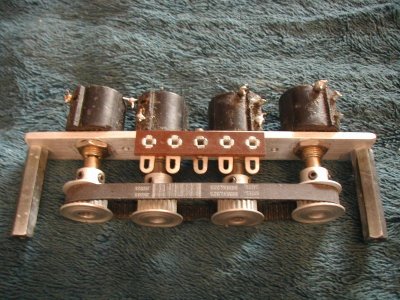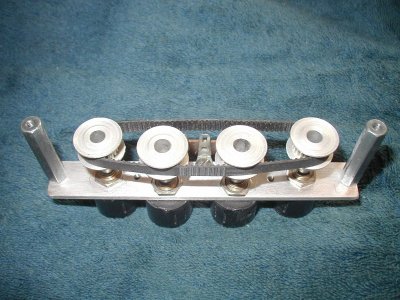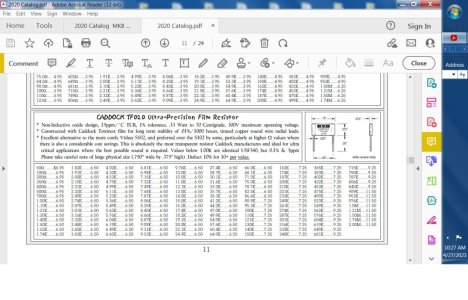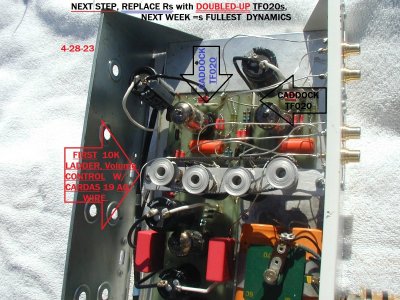For the last eight years, I have done digital with Pioneer's top-of-the-line-then, 31 pound, BPD-09FD Blu Ray player. I never trusted digital, the whole concept of it, makes me question it's validity.
My first audio Mentor, the brilliant Robert W. Fulton had it right, in my opinion, when he was living in the 1980s. He would say this privately to me " All the King's Horses, and all the King's Men, could never put poor Humpty together again ".
So, I never went for streaming, high resolution digital servers, DACs, etc. etc. etc. Nope, not a penny did I, or would I spend. And when ever I bought a CD, I always felt I was starting-out with something intrinsically inferior, VS: .......... my L.Ps in Analogue.
I owned a solid state Phono - Line preamplifier, called a " Bravura ", which did a reasonable job, especially considering it was old and used early ICs. But I always yearned for a top-notch tube Phono stage, to do RIAA EQing. The Bravura, decades old, had its share of " down time" and I am a solid state / E.E. dummy, so I could not ever repair and maintain it on my own.
Last week, I finally started DIYing a TUBE RIAA EQ project, something I could understand, repair, modify to the " Nth " degree, all on my own.
There were two existing designs that held my interest. For Phono RIAA EQ, I personally was ONLY interested in using 12AX7s !!!!
For the last three years, I have revised Jim Hagerman's Coronet Two circuit, to use his passive EQ, in an a no-holds-barred from-scratch design and build. It was to employ with my own favorite audio and power supply implementations, such as double Shunting the B+ supplies and using Dennis Fraker Final Filters, to separately feed each tube's Plate resistor it's B+.
The second 12AX7 circuit was the Cascode RIAA EQ, as found in the rare and sought-after Paragon E and almost verbatim in the 1970s Trevor Lees ( Australia ) Dynaco PAS-based preamp mod.
I have a good audio / personal friend since 1979, local to me, who had THREE Trevor Lee's ( Dyna / PAS mod ) preamps stashed away. He gave me permission last week, to " go at it "...... and treat one unit as though it was my own. Apply any and all ideas I had, as of 2023 !!!
I will use THIS thread, to document how I will go about DIYing this Cascode RIAA EQ circuit, to see what I can develop. All the above serves as an initial background explanation, for what ever follows in this thread. Much I'll do is " my own bag " and is experimental, with results not fully known to me presently !!
I am happy to answer any questions.
Jeff
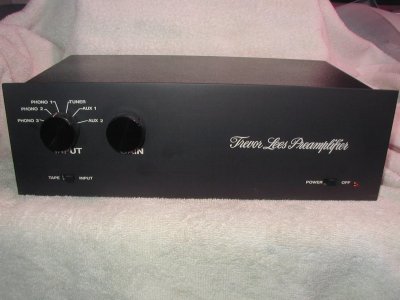
My first audio Mentor, the brilliant Robert W. Fulton had it right, in my opinion, when he was living in the 1980s. He would say this privately to me " All the King's Horses, and all the King's Men, could never put poor Humpty together again ".
So, I never went for streaming, high resolution digital servers, DACs, etc. etc. etc. Nope, not a penny did I, or would I spend. And when ever I bought a CD, I always felt I was starting-out with something intrinsically inferior, VS: .......... my L.Ps in Analogue.
I owned a solid state Phono - Line preamplifier, called a " Bravura ", which did a reasonable job, especially considering it was old and used early ICs. But I always yearned for a top-notch tube Phono stage, to do RIAA EQing. The Bravura, decades old, had its share of " down time" and I am a solid state / E.E. dummy, so I could not ever repair and maintain it on my own.
Last week, I finally started DIYing a TUBE RIAA EQ project, something I could understand, repair, modify to the " Nth " degree, all on my own.
There were two existing designs that held my interest. For Phono RIAA EQ, I personally was ONLY interested in using 12AX7s !!!!
For the last three years, I have revised Jim Hagerman's Coronet Two circuit, to use his passive EQ, in an a no-holds-barred from-scratch design and build. It was to employ with my own favorite audio and power supply implementations, such as double Shunting the B+ supplies and using Dennis Fraker Final Filters, to separately feed each tube's Plate resistor it's B+.
The second 12AX7 circuit was the Cascode RIAA EQ, as found in the rare and sought-after Paragon E and almost verbatim in the 1970s Trevor Lees ( Australia ) Dynaco PAS-based preamp mod.
I have a good audio / personal friend since 1979, local to me, who had THREE Trevor Lee's ( Dyna / PAS mod ) preamps stashed away. He gave me permission last week, to " go at it "...... and treat one unit as though it was my own. Apply any and all ideas I had, as of 2023 !!!
I will use THIS thread, to document how I will go about DIYing this Cascode RIAA EQ circuit, to see what I can develop. All the above serves as an initial background explanation, for what ever follows in this thread. Much I'll do is " my own bag " and is experimental, with results not fully known to me presently !!
I am happy to answer any questions.
Jeff

Last edited:






